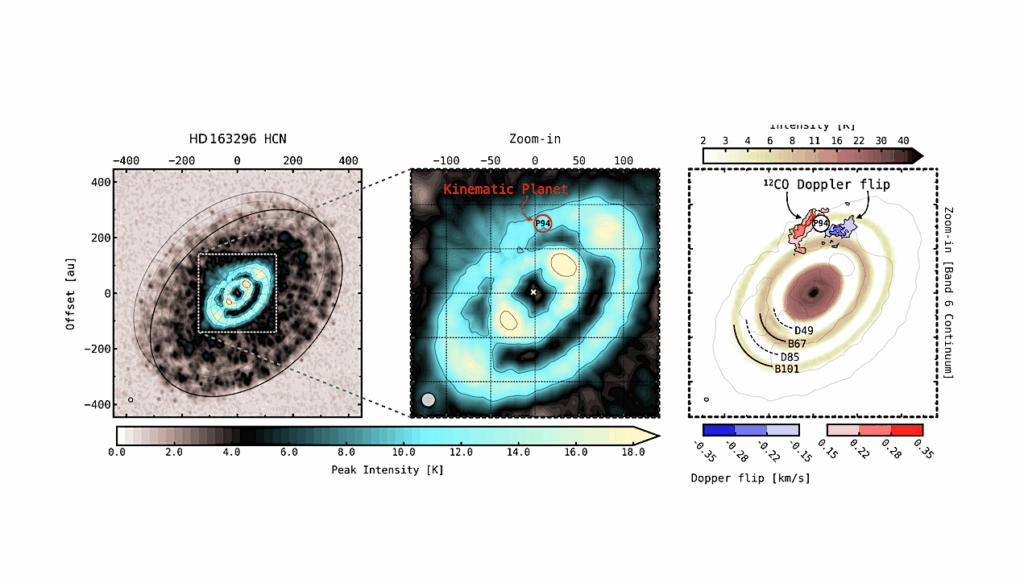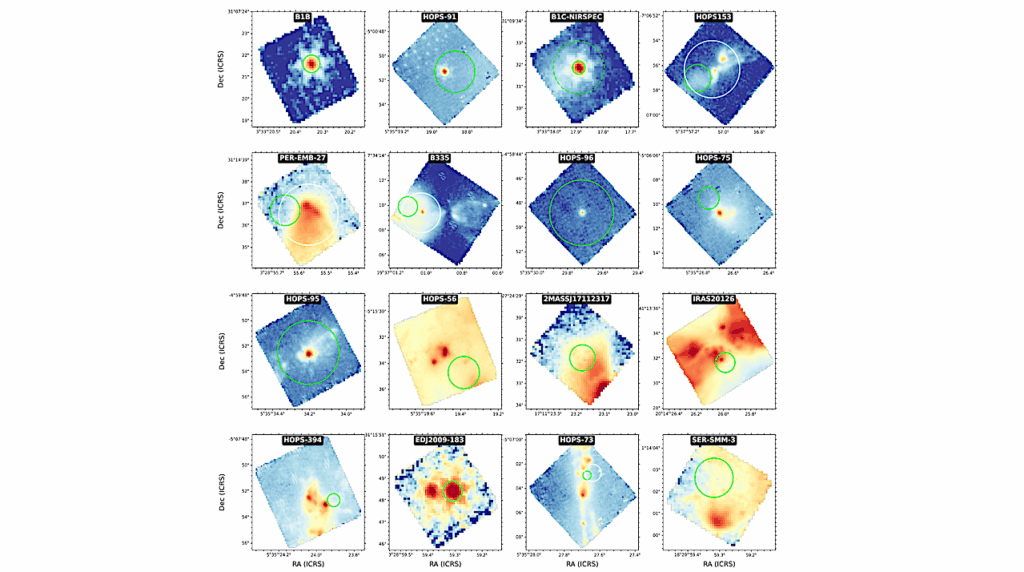Organics Sniffed Out on 67P/Churyumov-Gerasimenko

While the Rosetta spacecraft orbits the 67P/Churyumov-Gerasimenko comet, the Philae lander, deployed from Rosetta on November 2014, has gathered data on the surface of the comet that indicate the potential existence of prebiotic organics during the early solar system.
The lander’s Cometary Sampling and Composition (COSAC) evolved-gas analyzer utilized a “sniffing” mode, allowing molecules in the atmosphere to passively enter the instrument and then ionizing and accelerating the molecules for mass spectral interpretation. Through this method, COSAC detected a suite of 16 organic compounds, including several nitrogen-bearing species and four compounds not previously reported on other comets: methyl isocyanate, acetone, propionaldehyde, and acetamide. The detected molecules are building blocks for simple sugars, amino acids, and DNA and RNA, as pointed out by co-author Pascale Ehrenfreund from the Wisconsin Astrobiology Research Consortium.
The paper, “Organic compounds on comet 67P/Churyumov-Gerasimenko revealed by COSAC mass spectrometry,” can be found at the Science Magazine website.
The COSAC project was supported in part by the NASA Astrobiology Institute and the NASA Postdoctoral Program at Goddard Space Flight Center.








